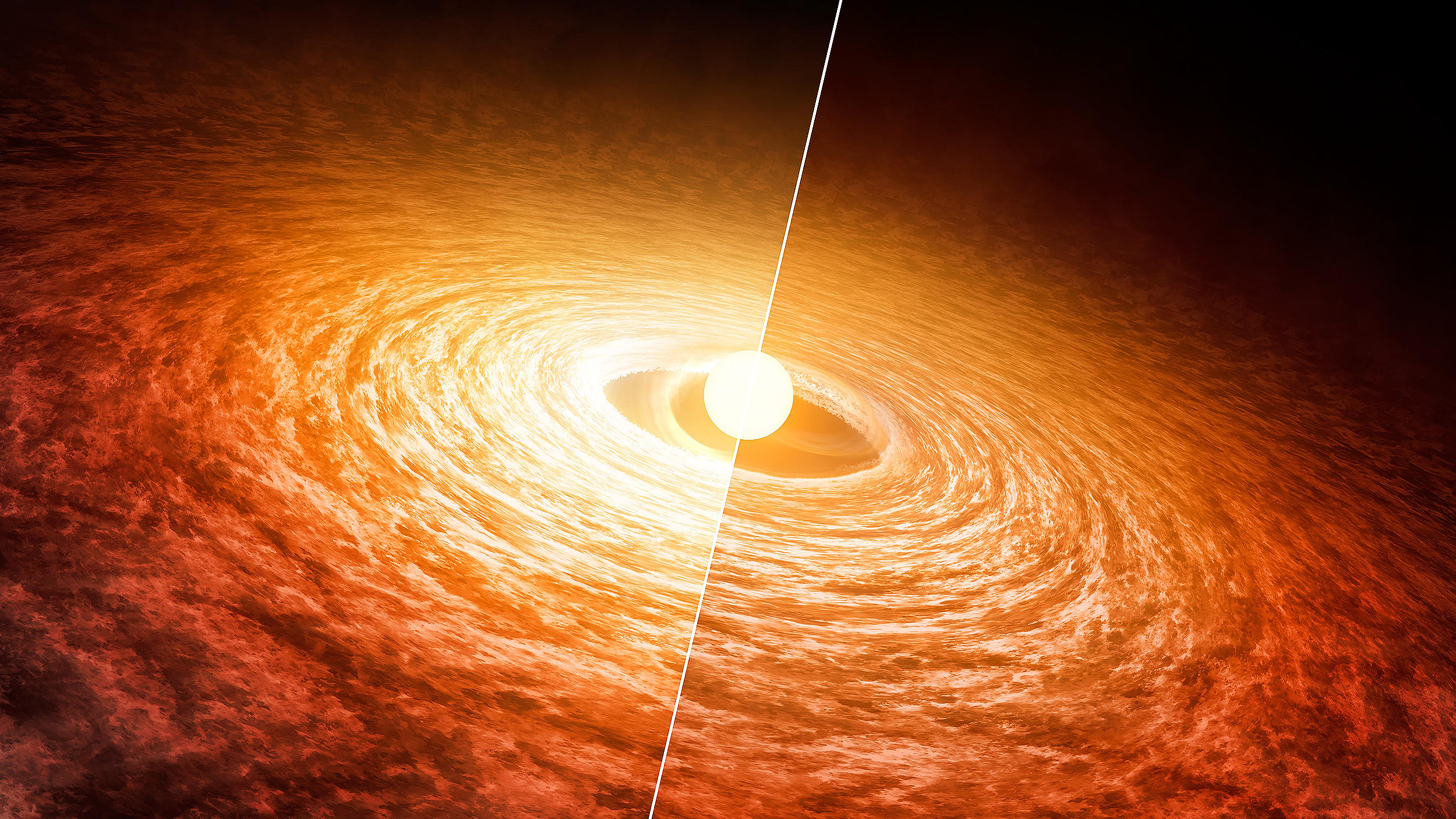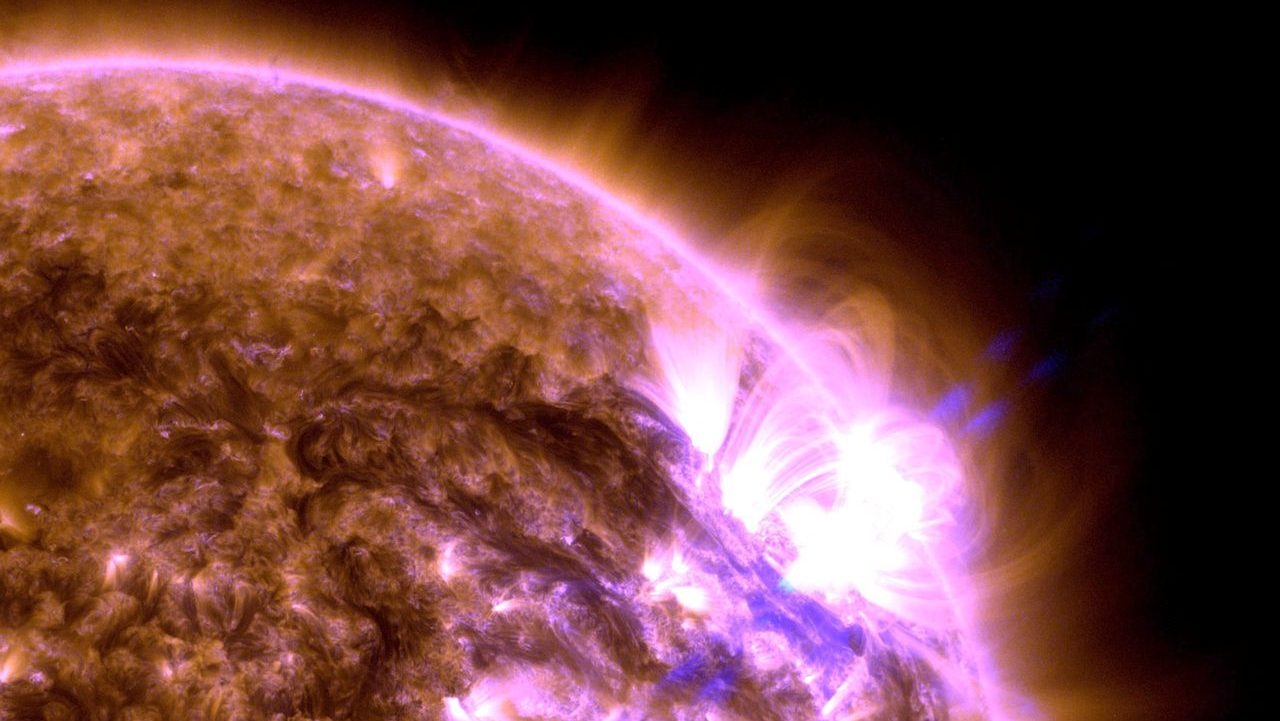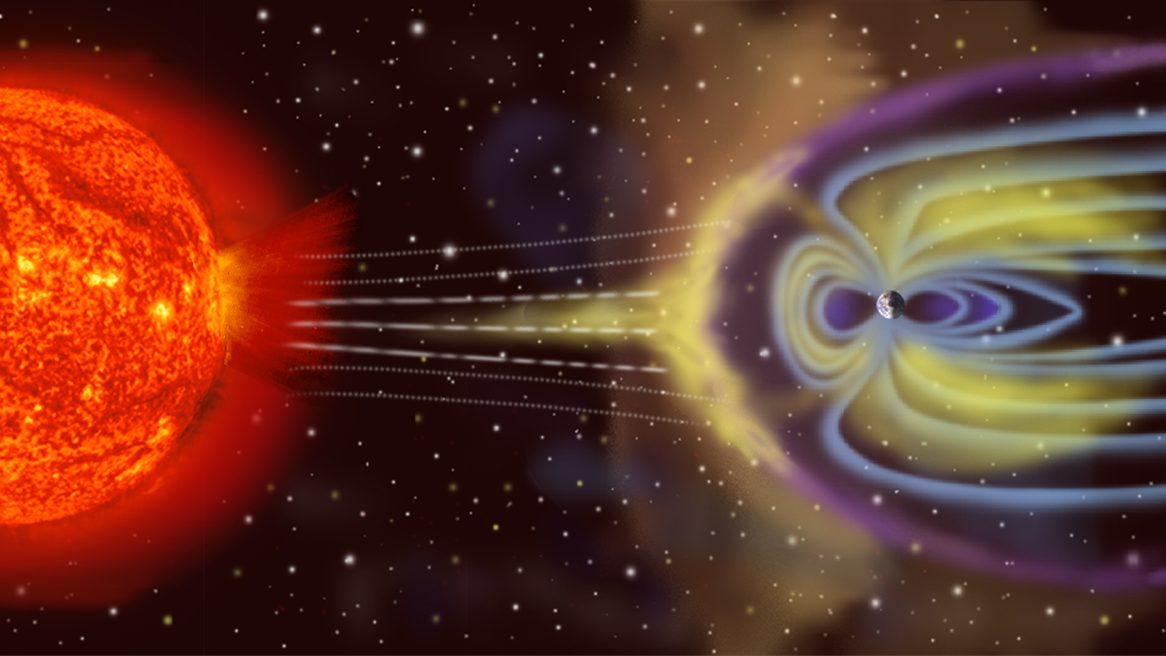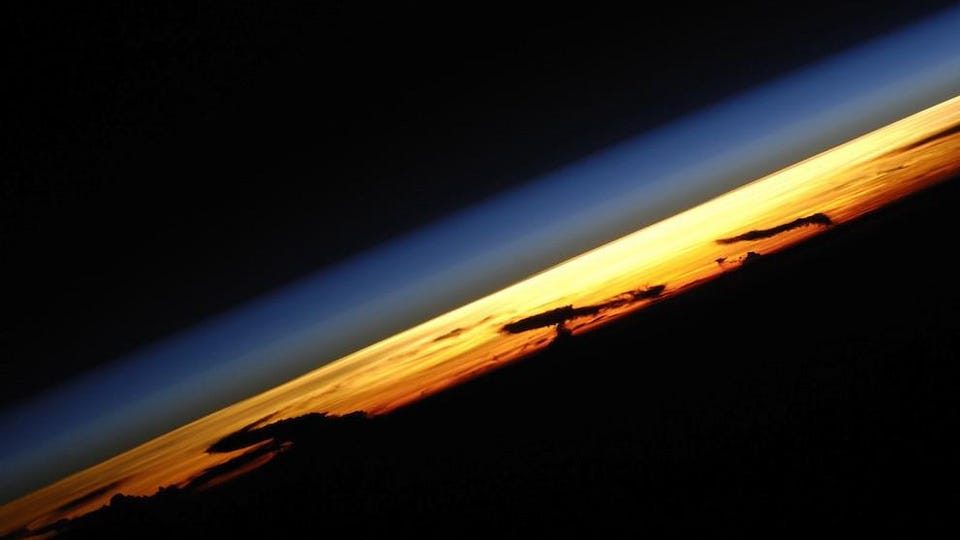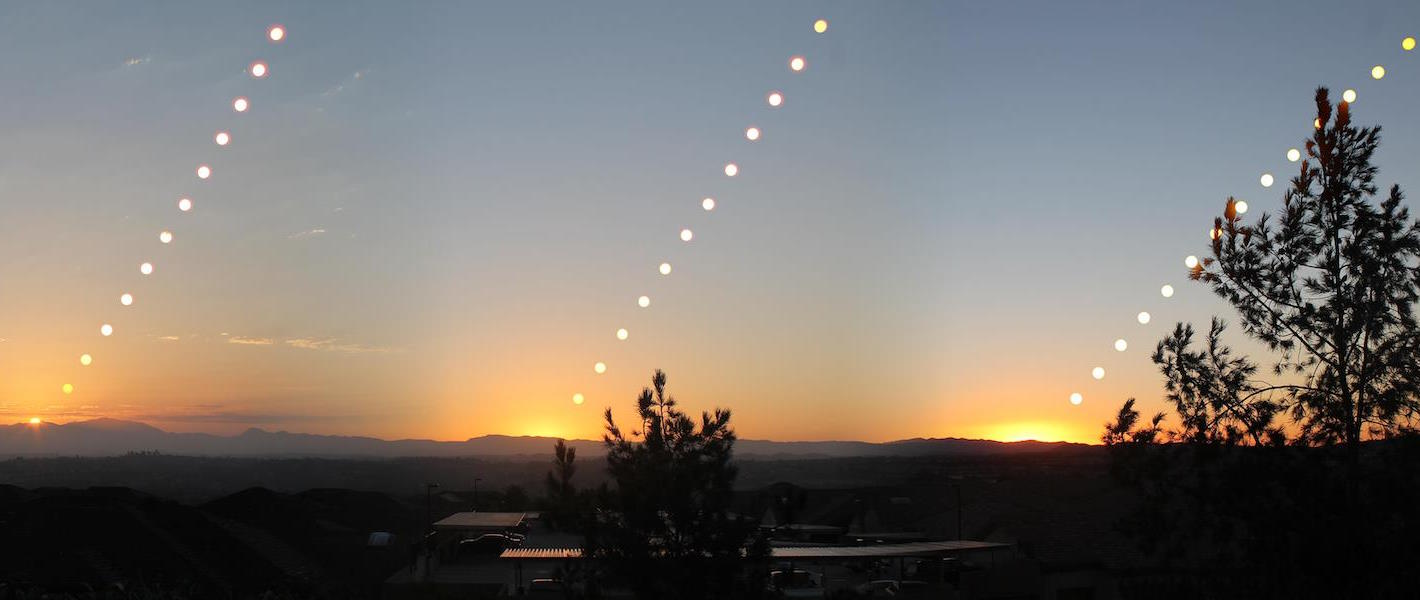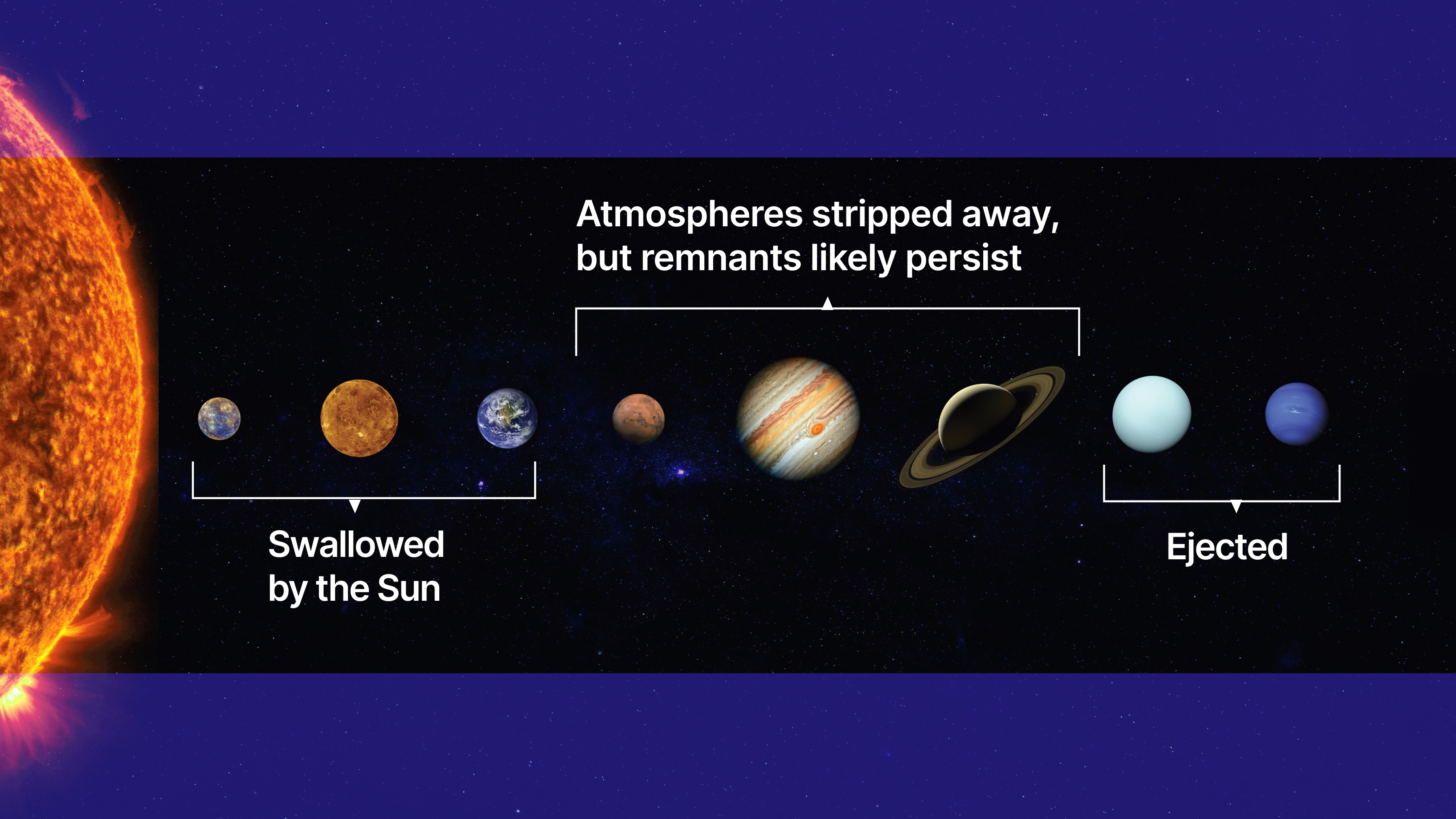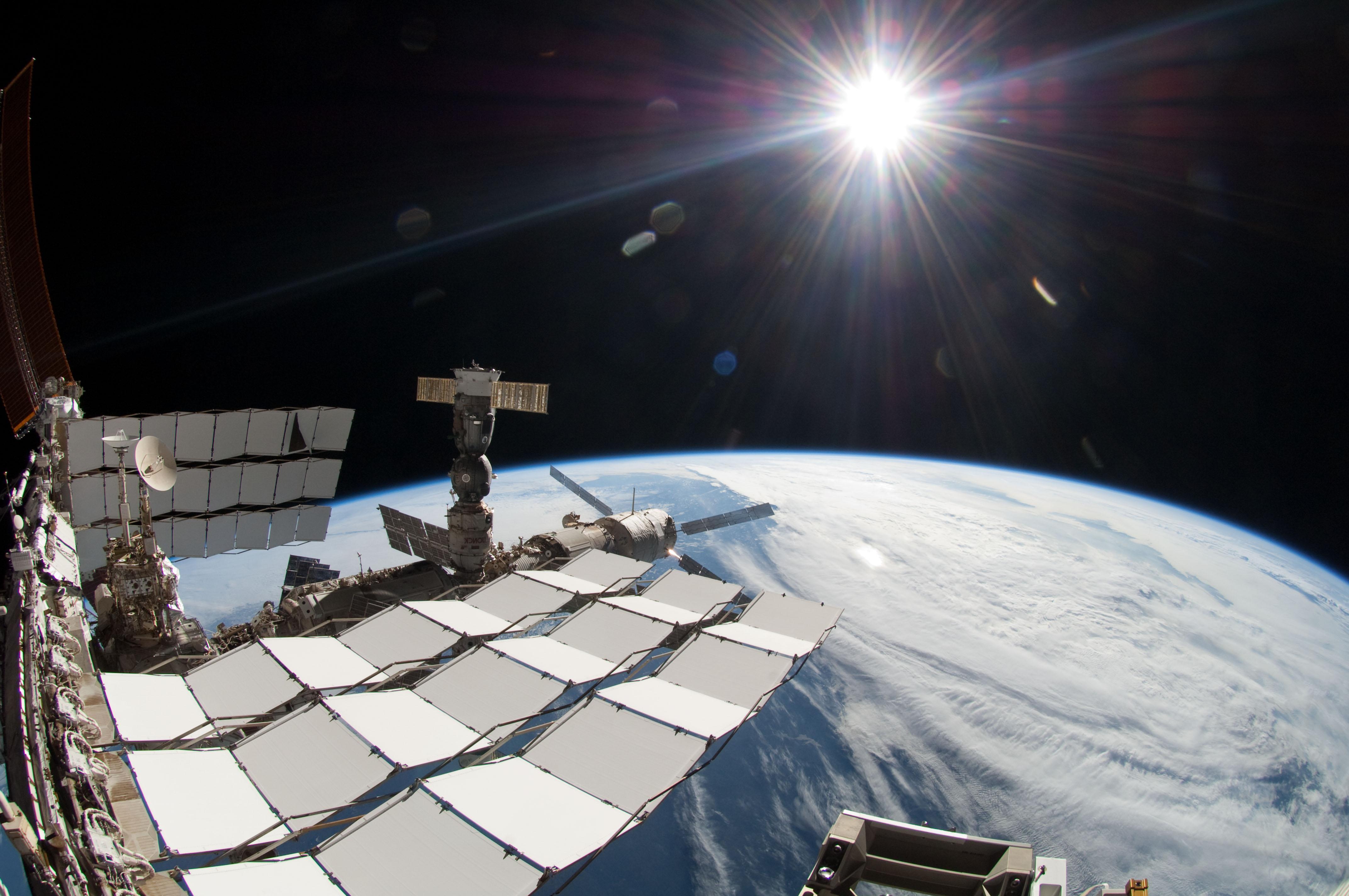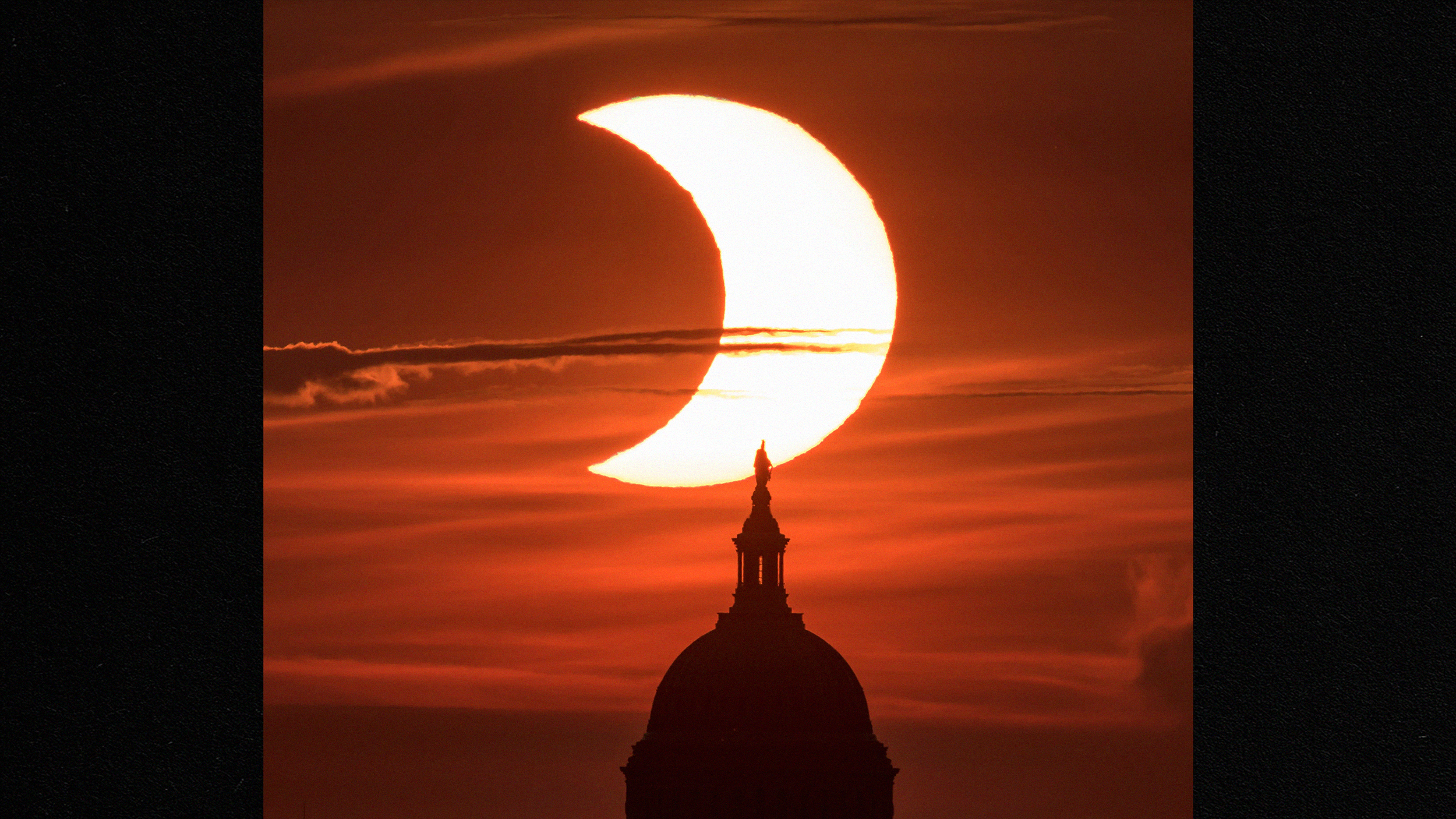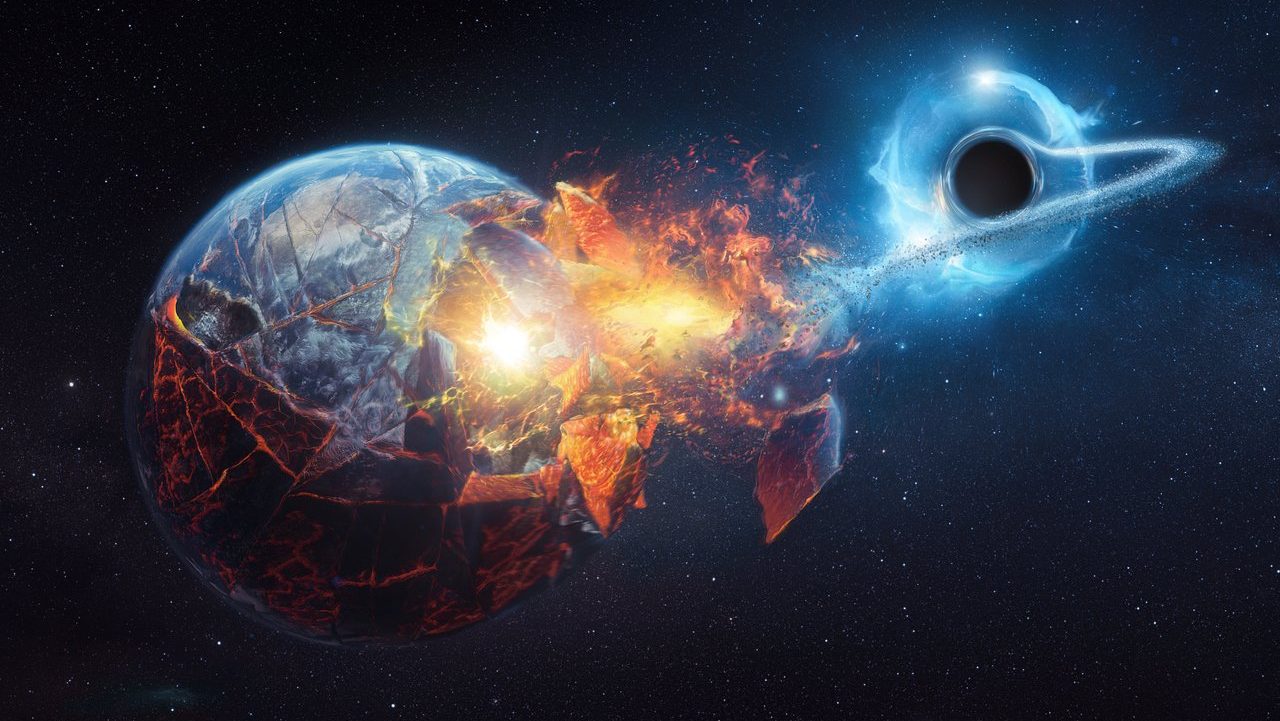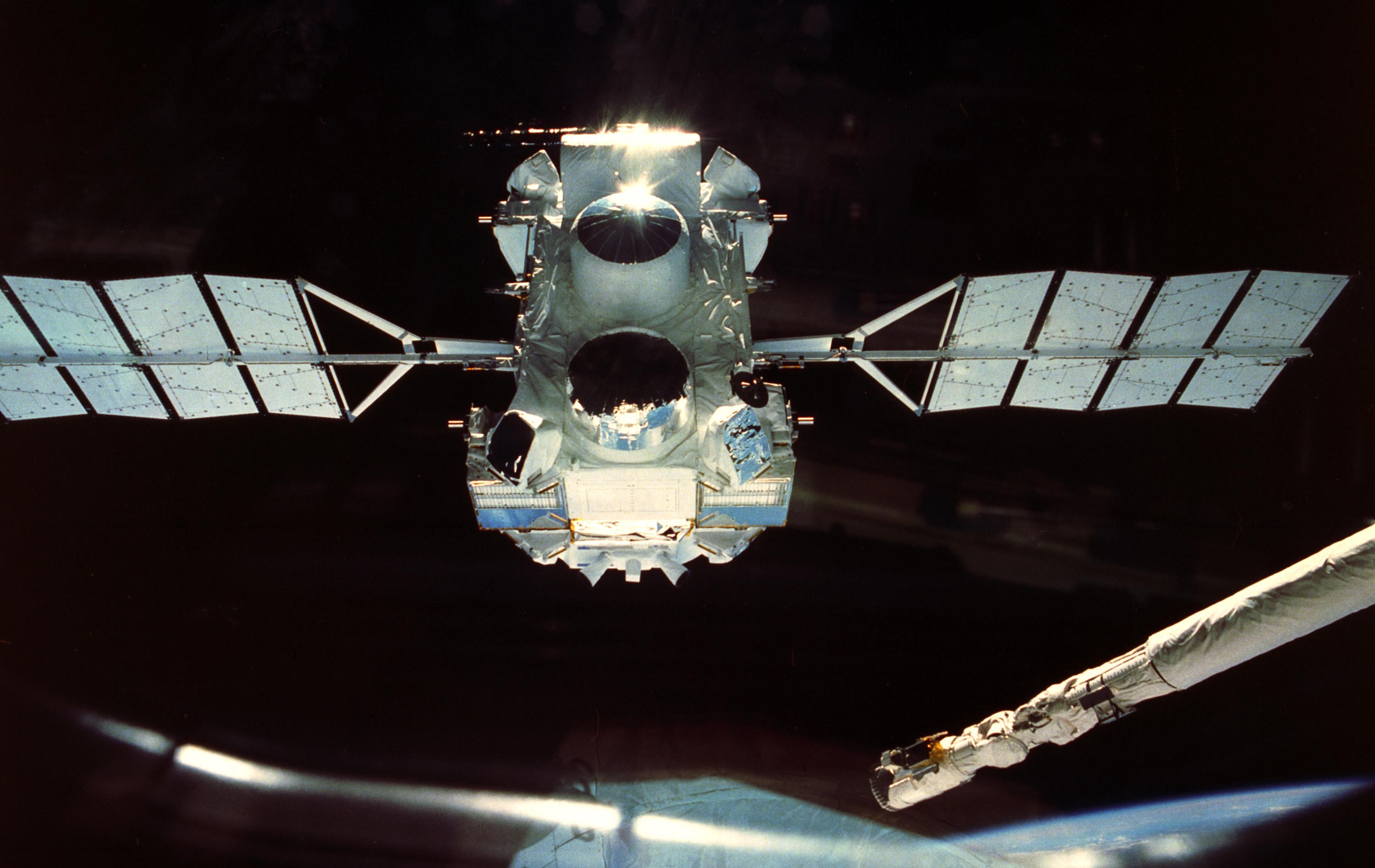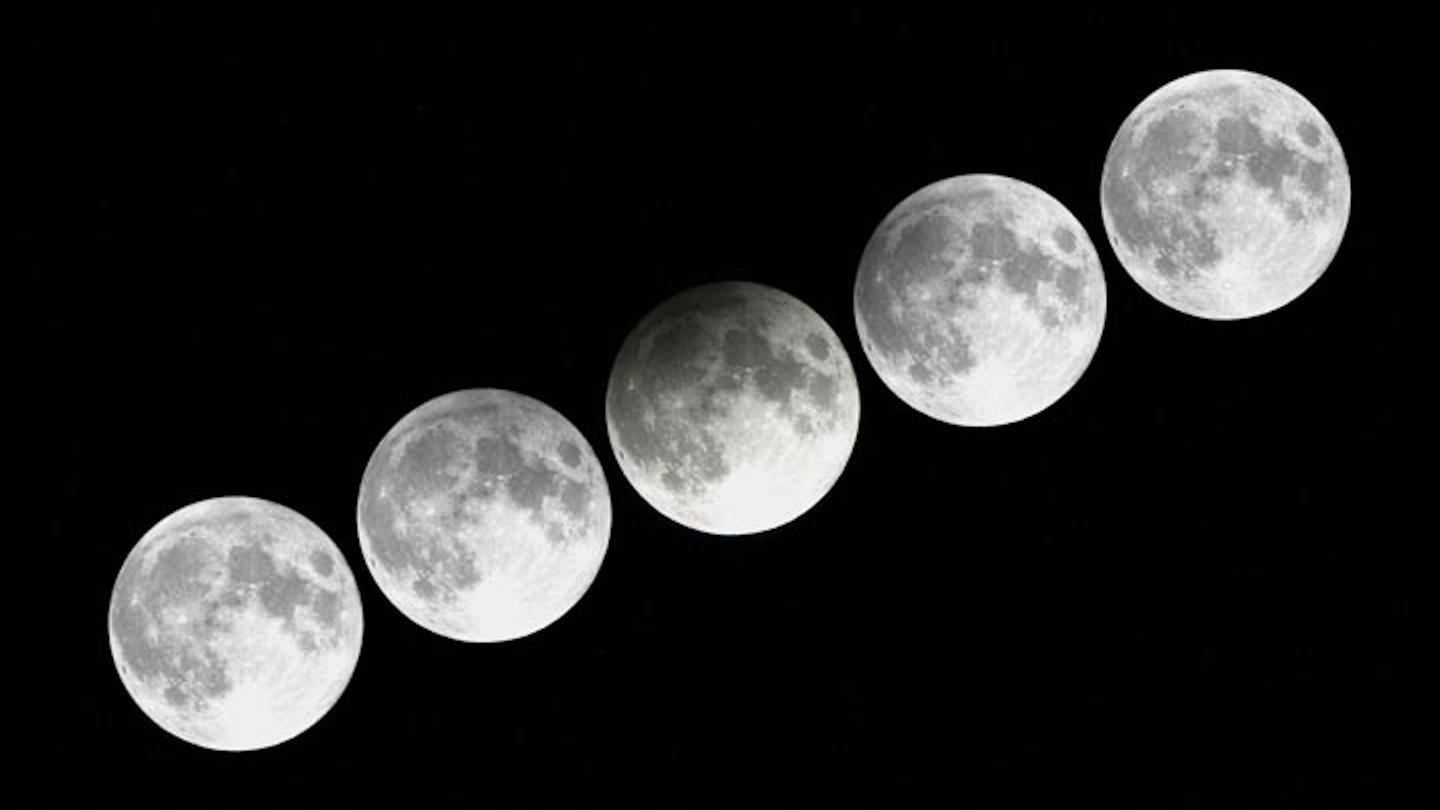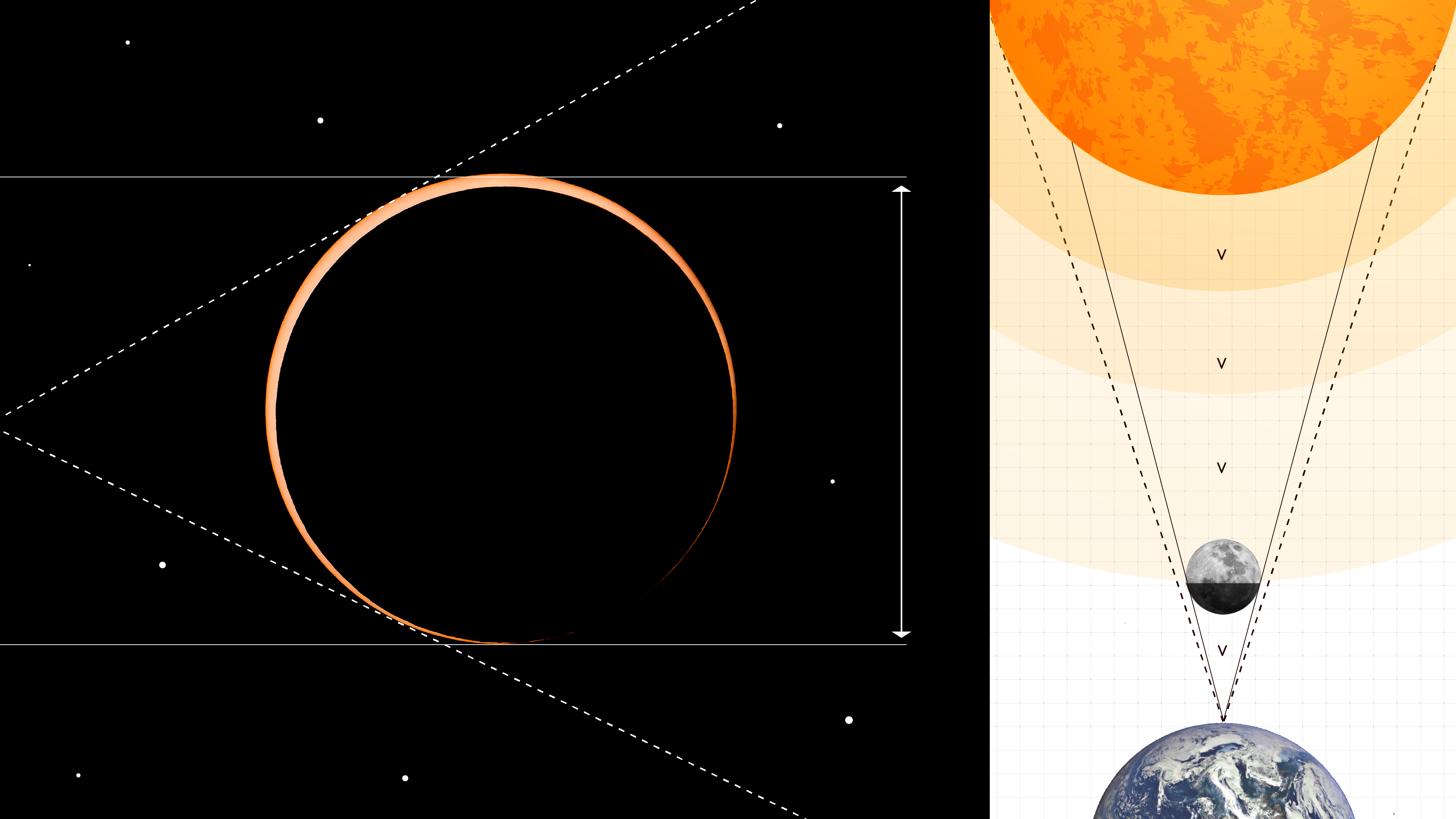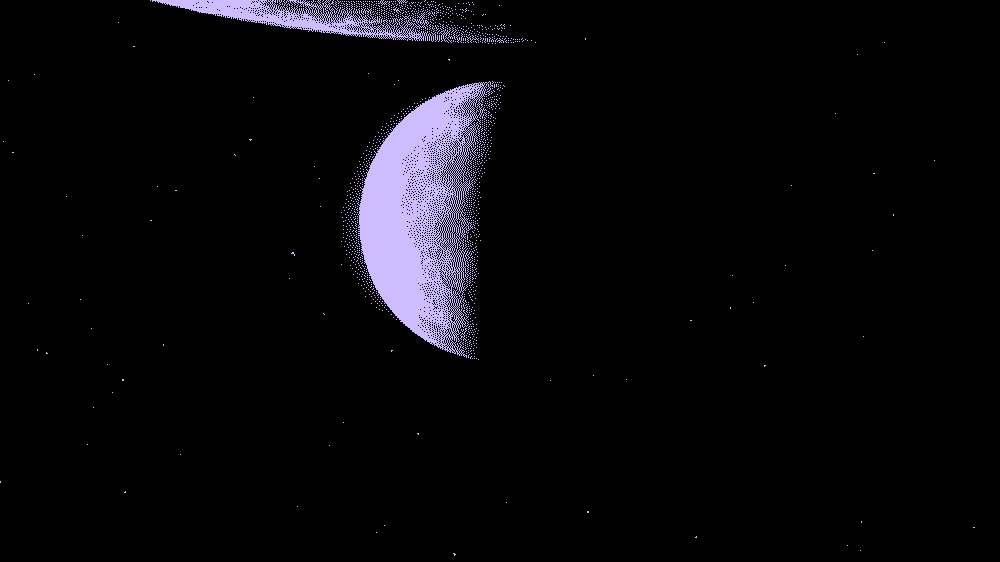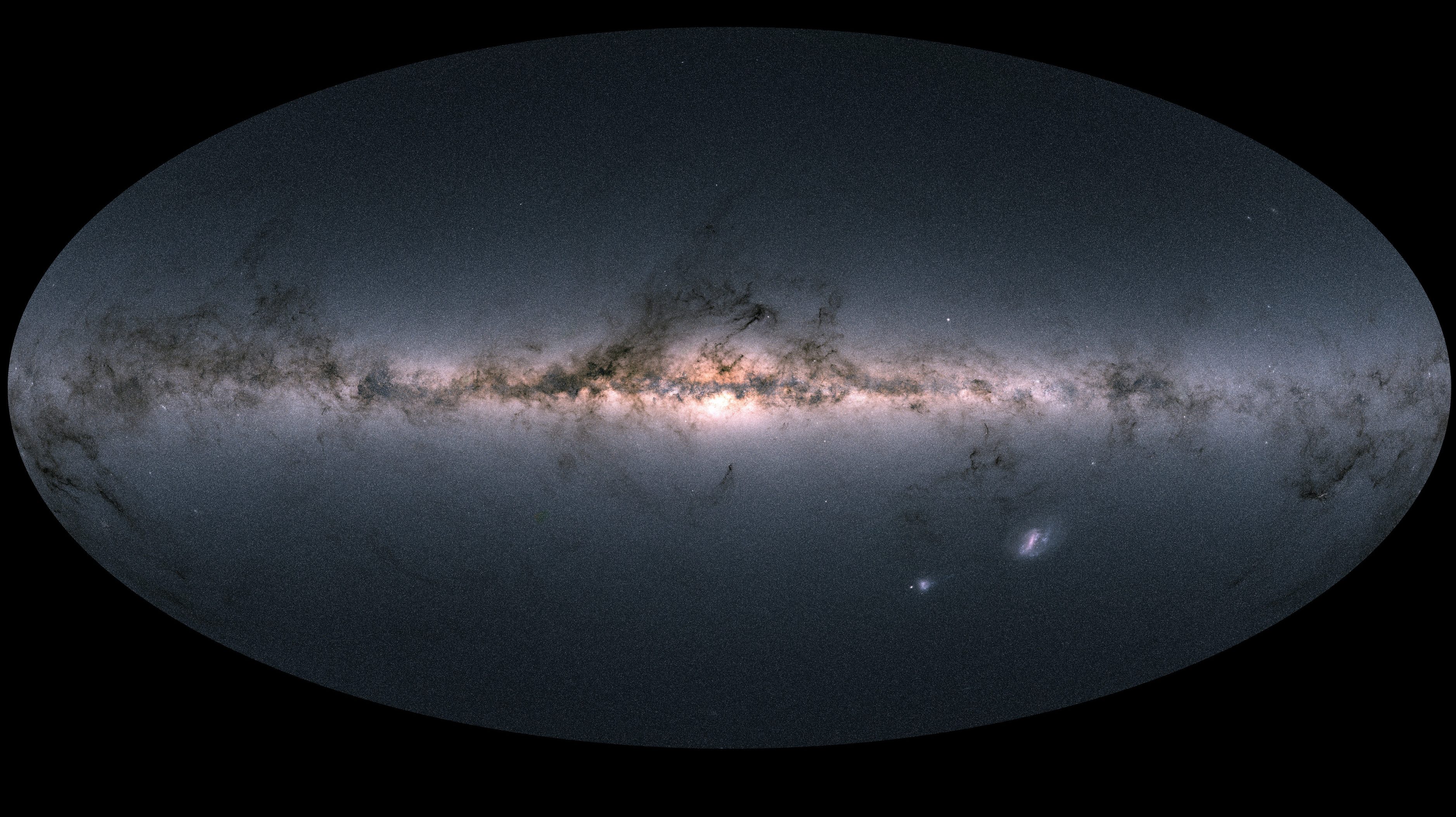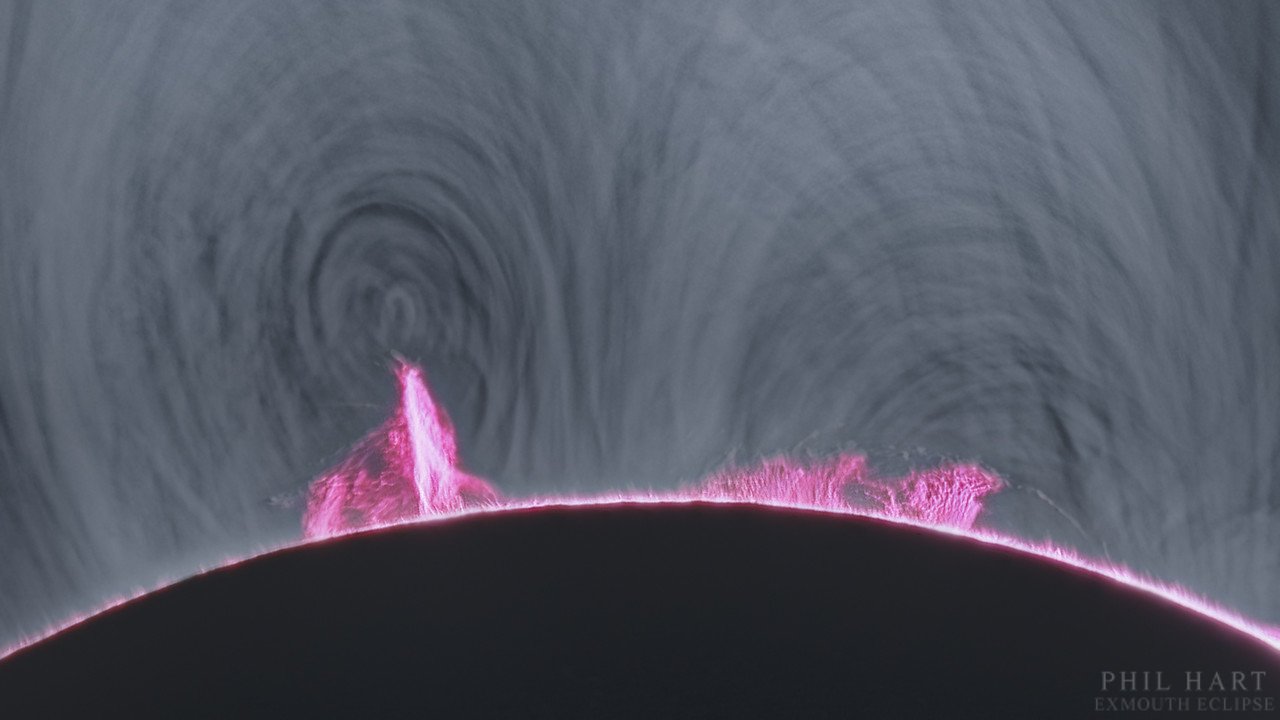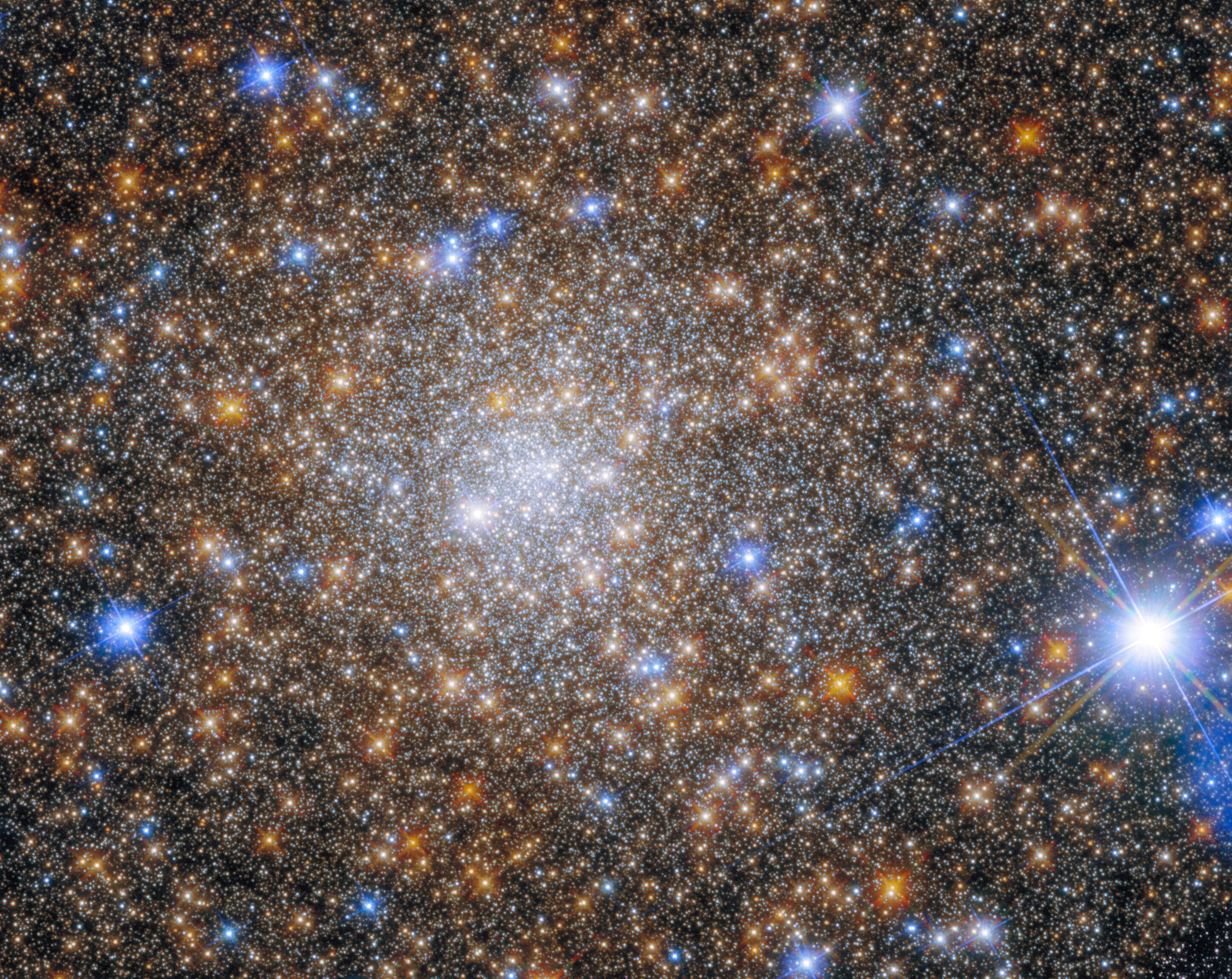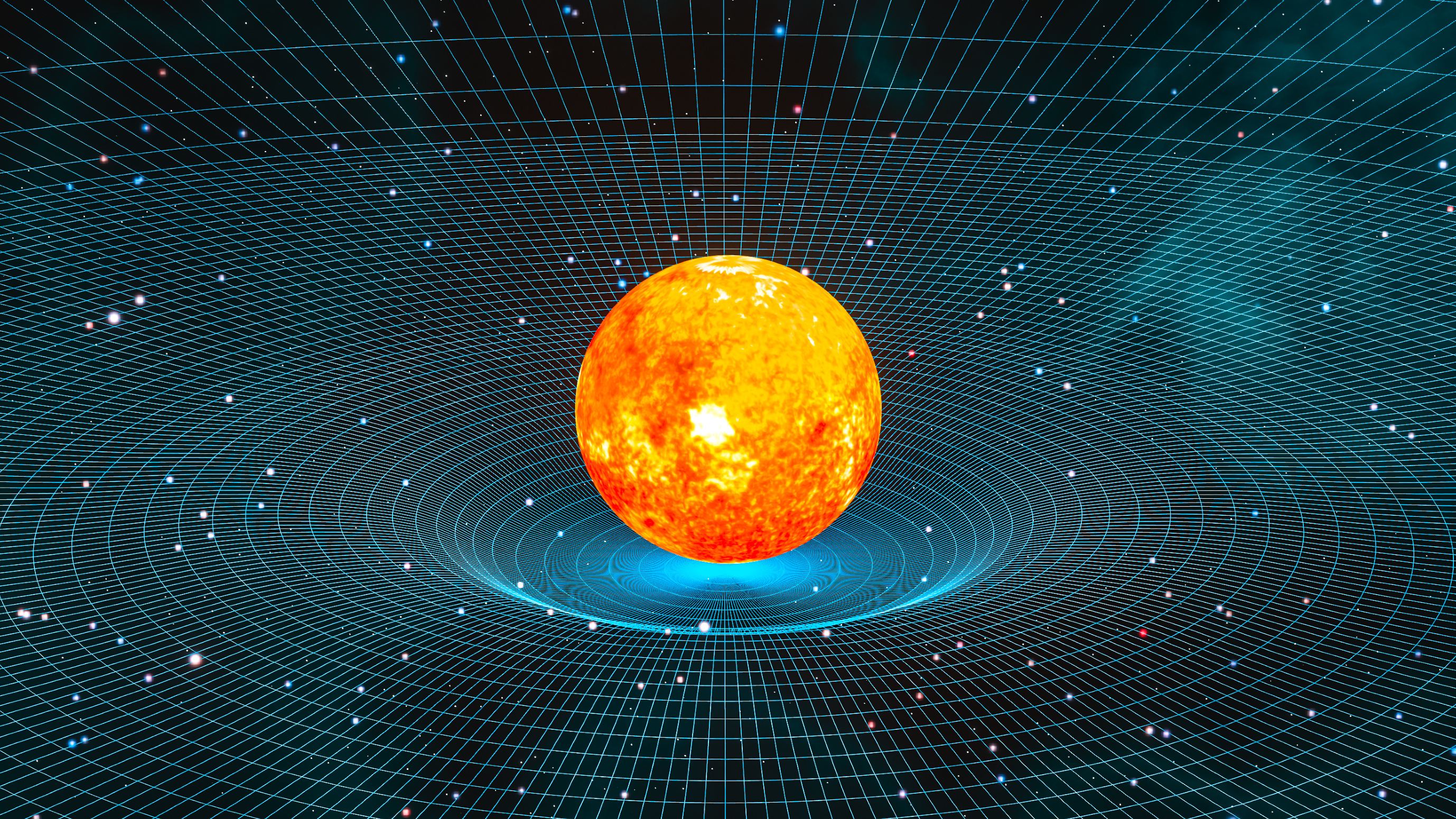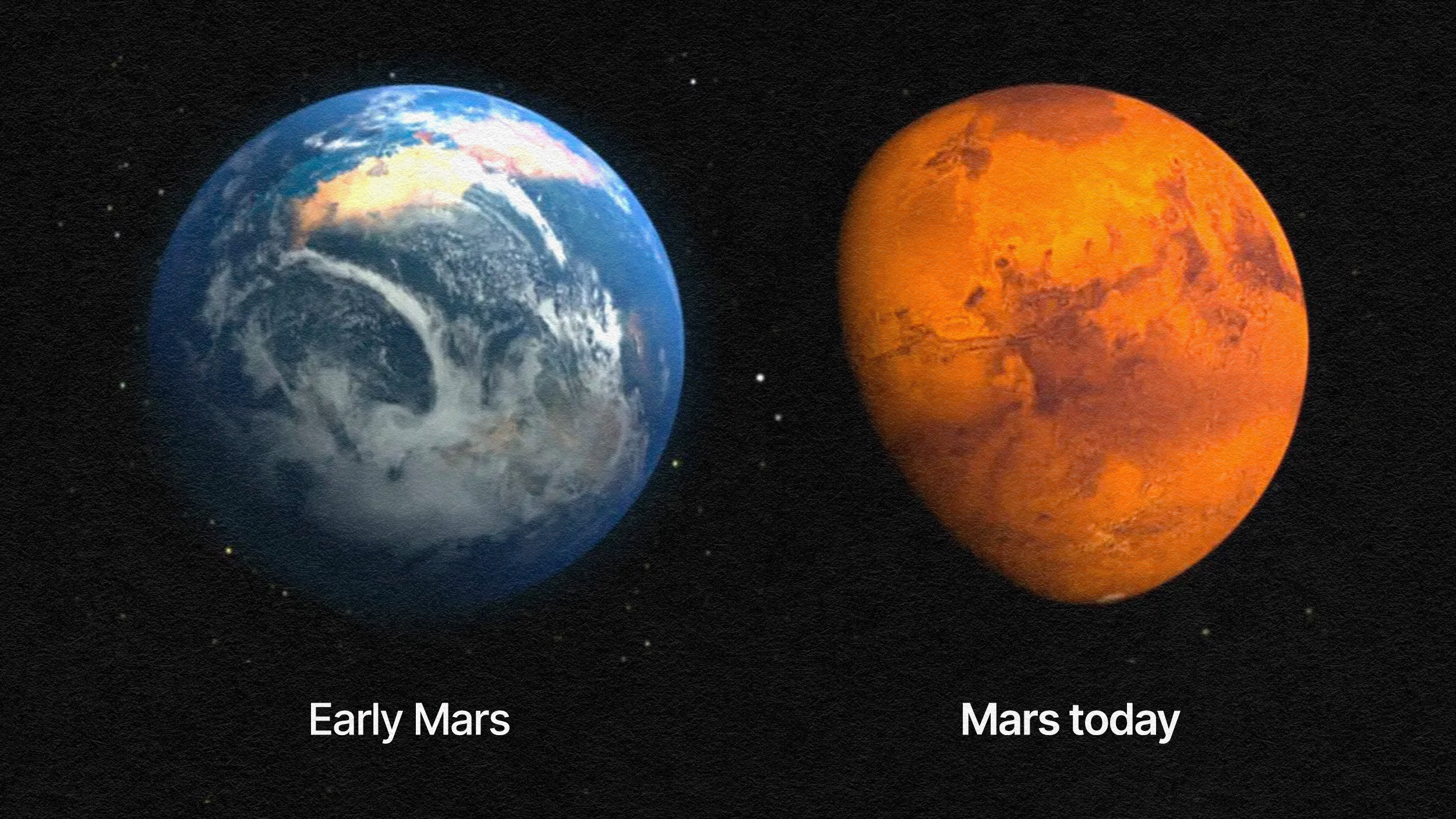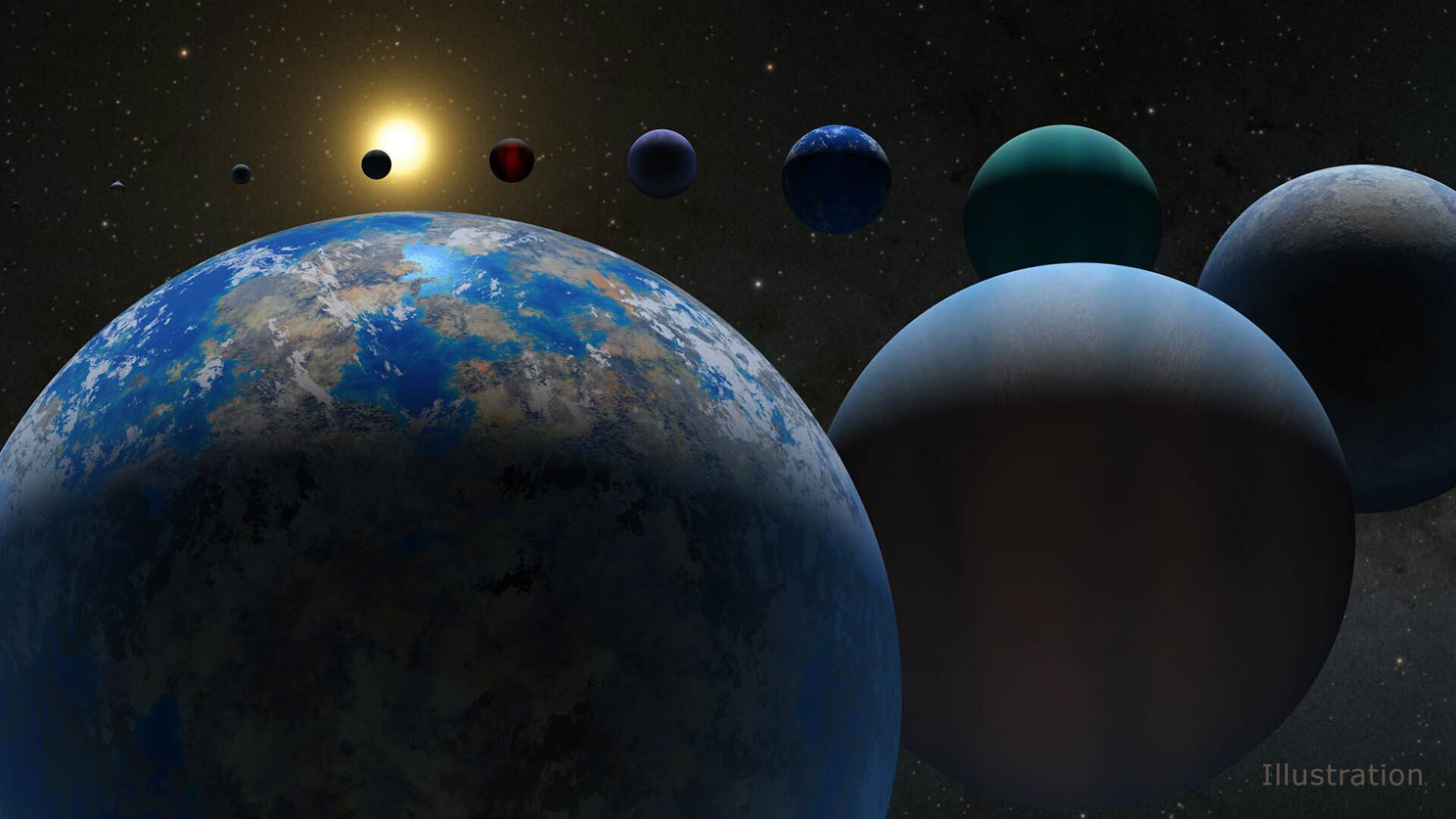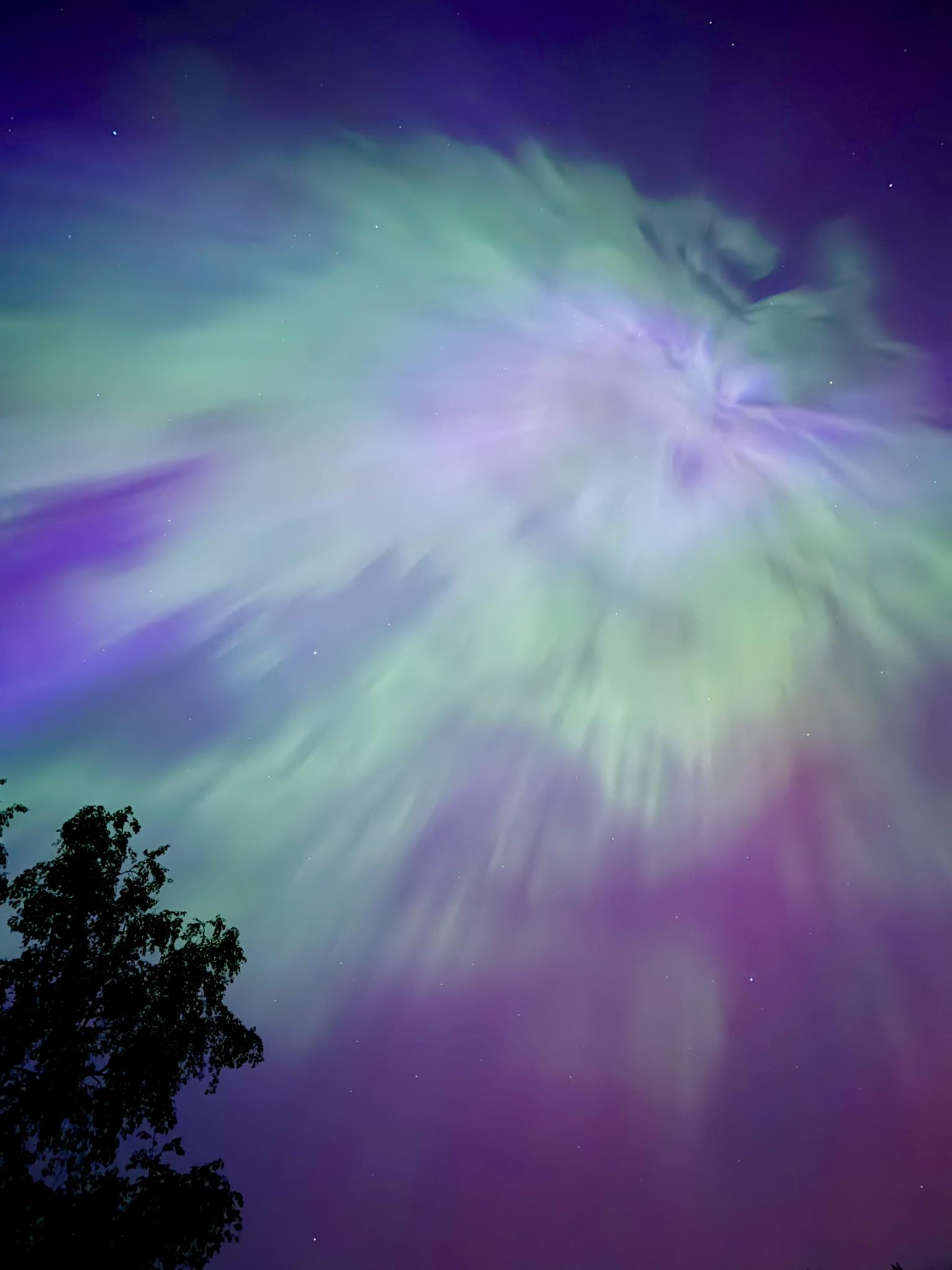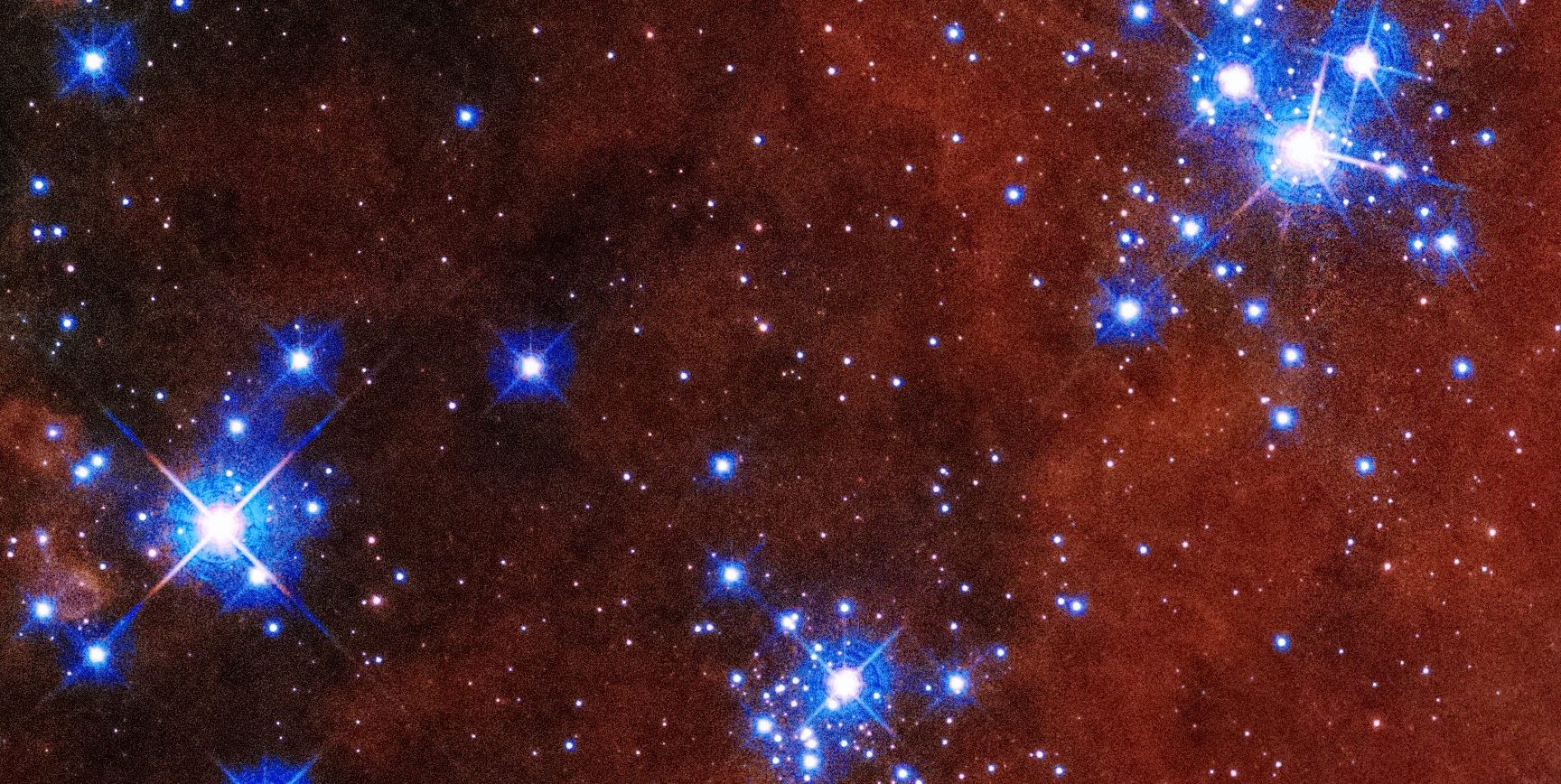It took 9.2 billion years of cosmic evolution before our Sun and Solar System even began to form. Such a small event has led to so much.
Search Results
You searched for: sun
Northern lights in the American South, clusters of huge geomagnetic storms—the Sun is throwing a tantrum right on schedule.
Temperatures in the Sun’s core exceed 10 million degrees Celsius. But how on Earth did we actually come to know that?
As the Sun ages, it loses mass, causing Earth to spiral outward in its orbit. Will that cool the Earth down, or will other effects win out?
Figuring out the answer involved a prism, a pail of water, and a 50 year effort by the most famous father-son astronomer duo ever.
The cosmic scales governing the Universe are almost unbelievably large. What if we shrunk the Sun down to be just a grain of sand?
Sure, there’s less daylight during winter than summer, as your hemisphere is tilted away from the Sun. But darkness goes deeper than that.
For now, our Solar System’s eight planets are all safe, and relatively stable. Billions of years from now, everything will be different.
Some say that the Sun is a green-yellow color, but our human eyes see it as white, or yellow-to-red during sunset. What color is it really?
It could prevent sun damage and help chemical burns heal faster.
Despite the Sun’s high core temperatures, particles can’t quite overcome their mutual electric repulsion. Good thing for quantum physics!
Even if you aren’t in the path of totality, you can still use the solar eclipse to measure how long it takes the Moon to orbit Earth.
No matter how you define the end, including the demise of humanity, all life, or even the planet itself, our ultimate destruction awaits.
Across all wavelengths of light, the Sun is brighter than the Moon. Until we went to the highest energies and saw a gamma-ray surprise.
2023 is an exciting time for the study of quark-gluon plasmas.
The least exciting of all eclipses, a penumbral lunar eclipse, foreshadows the spectacular show that April 8th’s total eclipse will bring.
An annular eclipse is coming to Earth on October 14, 2023. Six months later, a total solar eclipse is headed our way. Here’s the reason why.
The Earth that exists today wasn’t formed simultaneously with the Sun and the other planets. In some ways, we’re quite a latecomer.
On Saturday, October 14, a solar eclipse crosses North and South America. Here are 4 quick, easy, low-tech activities for everyone to enjoy!
For thousands of years, humanity had no idea how far away the stars were. In the 1600s, Newton, Huygens, and Hooke all claimed to get there.
There are only a precious few minutes of totality during even the best solar eclipses. Don’t waste yours making these avoidable mistakes.
Sun-like stars live for around 10 billion years, but our Universe is only 13.8 billion years old. So what’s the maximum lifetime for a star?
Thanks to observations of gravitational waves, scientists were able to settle a longstanding debate over the speed of gravity.
In the early stages of our Solar System, there were three life-friendly planets: Venus, Earth, and Mars. Only Earth thrived. Here’s why.
The structure of our Solar System has been known for centuries. When we finally started finding exoplanets, they surprised everyone.
Though Sun Tzu’s “The Art of War” is a classic military treatise, its advice applies to all manner of conflict.
With a telescope at just the right distance from the Sun, we could use its gravity to enhance and magnify a potentially inhabited planet.
The first stars took tens or even hundreds of millions of years to form, and then died in the cosmic blink of an eye. Here’s how.
The most iconic, longest-lived space telescope of all, NASA’s Hubble, is experiencing orbital decay as the solar cycle peaks. Here’s why.
Most of us have heard that the Sun is an ordinary, typical, unremarkable star. But science shows we’re actually anything but average.
